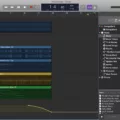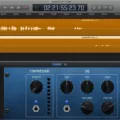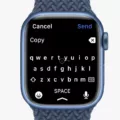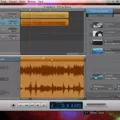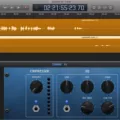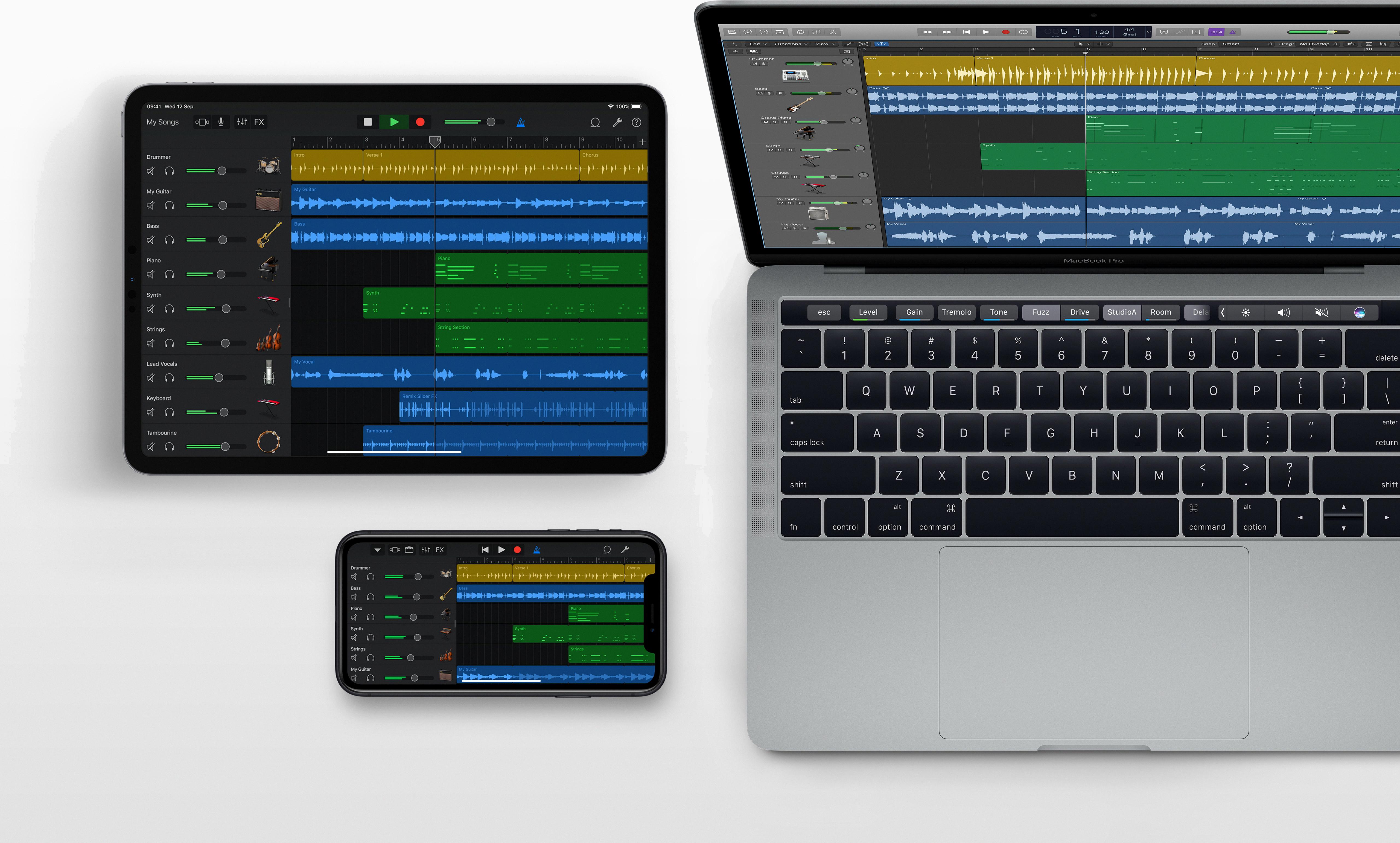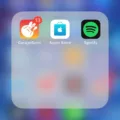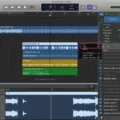GarageBand is an amazing digital audio workstation that’s perfect for those just starting out with music production. It’s an incredibly powerful piece of software, and it can help you create incredible sounds and compositions with ease. One of the great things about GarageBand is that you can add plug-ins to expand its functionality. Plug-ins are small pieces of software that allow you to add new sounds and effects to your project.
In this blog post, we’re going to show you how to add more plug-ins in GarageBand, so you can get even more out of your music production!
The first step is to find the plug-in that you want to use. You can purchase plug-ins from vaious third-party vendors, or search the web for free Audio Units plug-ins. Once you’ve found the right one for your project, drag the component file into your “Component” folder located in Go > (While Holding Option Key) > Library > Audio > Plug-ins > Components folder. The next step is to open GarageBand, open a project and locate the Smart Controls window.
In the Smart Controls window, click on the info button located at the top left corner of the window, then click on “Reveal Plug-Ins”. This will bring up a list of all of your available plug-ins, including any ones that have been added recently. You’ll then be able to select which ones you want to use in your project, by clicking on them individually or selecting multiple at once by holding down shift on your keyboard while clicking.
Next, hover over the bottom section with the four plug-ins until a thin light blue line appears along it’s bottom edge – this indicates that there are more plug-ins available if you would like to add them. Clicking this line will bring up a menu where you can choose additional plug-ins from your library or from other sources such as third party vendors or online stores. You can also delete any unwanted plug-ins from this menu if necessary by selecting them and clicking ‘Delete’.
And that’s how easy it is to add more plugins in GarageBand! By follwing these steps, you’ll be able to quickly and easily expand your creative possibilities with this awesome digital audio workstation!
Adding More Than 4 Plugins to GarageBand
Adding more than 4 plugins to GarageBand is easy. First, open up the Smart Controls for the track in your project. In the Info panel, you’ll see a list of all the plug-ins available to use on that track. To add more than 4 plug-ins, hover your cursor over the bottom of the section with the four plug-ins util you see a thin light-blue line. Click this line and you will be able to add more plug-ins. You can continue to add as many as you need until your project is complete!
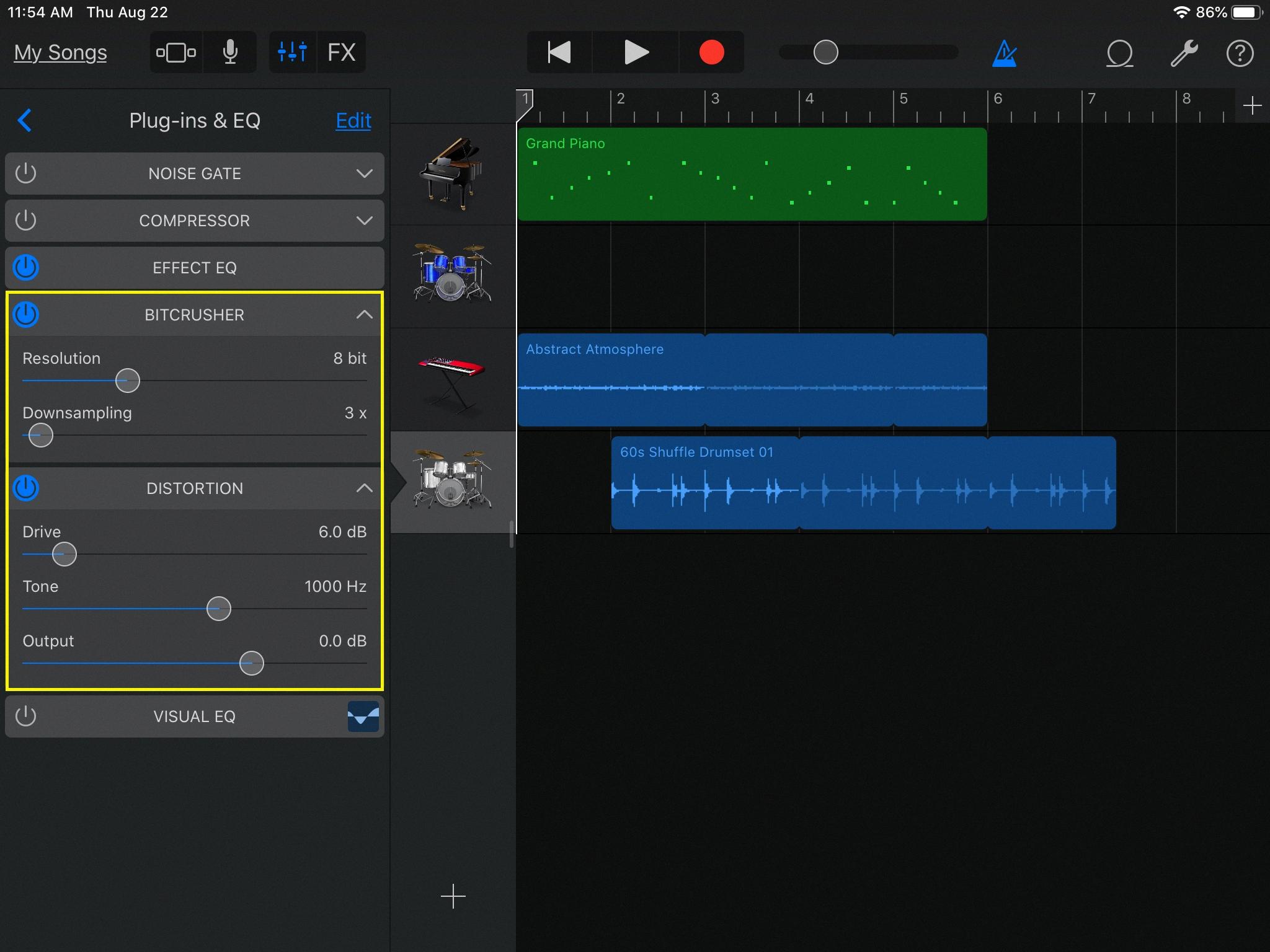
Source: idownloadblog.com
Adding Plugins to GarageBand
Yes, you can add plugins to GarageBand. To do so, start by navigating to the ‘Component’ folder found in the Library > Audio > Plug-ins > Components directory. Once you are in the folder, simply drag and drop the plugin’s component file into it. The plugin should then appear in the list of available plugins in GarageBand, allowing you to use it for your projects.
Adding Plugins to GarageBand iOS
Adding Plug-Ins to GarageBand iOS is a simple process. First, you’ll need to locate and download the Plug-In from the App Store. Once you have the Plug-In, open GarageBand and open a software instrument track. From there, select the “Track Settings” option and choose “Plug-Ins and EQ”. Click “Edit” and then “None” to open up the list of aailable Plug-Ins. Next, select “Audio Unit Extensions”, then select your chosen Plug-In and it will be added to your track. That’s all there is to it!
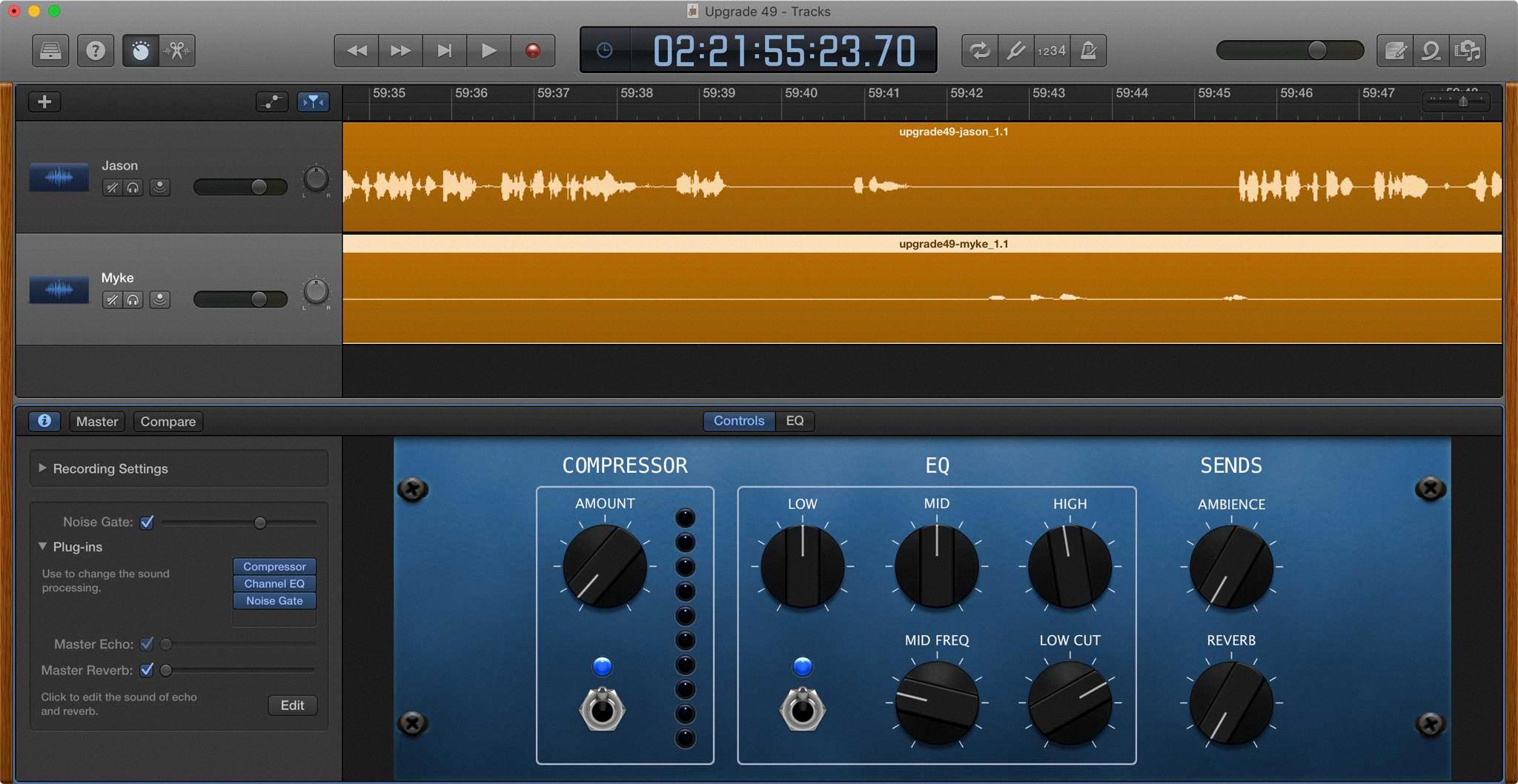
Source: sixcolors.com
Adding Additional Sounds to GarageBand
Yes, you can get more sounds for GarageBand. To do so, open GarageBand and select the Download More Sounds option from the menu. This will open a dialog window with a Download Now button. Clicking this button will begin the download process, allowing you to access additional sounds and loops to use in your GarageBand projects.
Adding More Instruments to GarageBand
Getting more instruments on GarageBand is a simple process. First, open your GarageBand project and select the Software Instrument tab at the right-hand side of the window. Then, select the “Edit” tab located near the top of the window. Next, scroll down to the “Sound Generator” heading and click on the “Piano” icon. This will open a drop-down list where you can select from diferent audio unit modules containing different instruments. Select your desired instrument and it will be added to your project. You can also add additional instruments from outside sources by using plugins. To do this, first open up your plugin manager by clicking on “Preferences” from within GarageBand and then selecting “Plugins” from the drop-down menu. From here, you can choose to install any plugin that is compatible with GarageBand. Once installed, you can access it through your software instrument list in either edit or mix mode.
Troubleshooting Plugins Not Showing Up in GarageBand
The most lkely reason your plugins won’t show up in GarageBand is because you haven’t enabled Audio Units in the GarageBand preferences. To do this, go to GarageBand Preferences > Audio/MIDI tab > Effects and check the box labelled “Enable Audio Units”.
It’s also possible that your plugins are not installed correctly, or at all. To check this, go to Macintosh HD > Applications > Waves > Plug-Ins V14 (or whichever version is installed on your device). Make sure the relevant plugin files are present and that they’re correctly installed.
Finally, keep in mind that some plugins may not be compatible with GarageBand. If you’ve checked both of the above steps and your plugins stil aren’t showing up, double-check with the plugin manufacturer to make sure they’re supported by GarageBand.
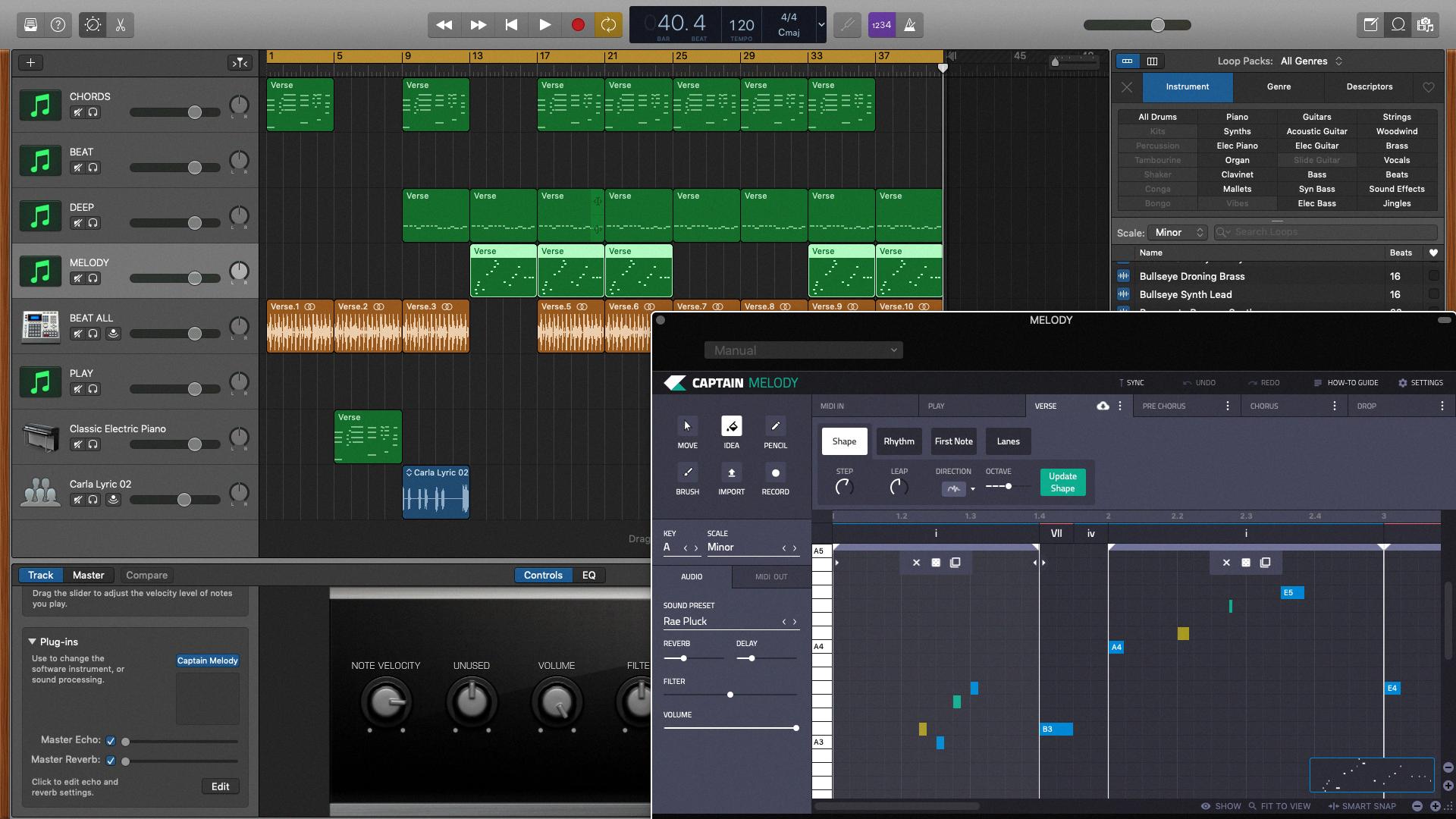
Source: mixedinkey.com
Getting More Sound Packs for GarageBand Mac
To get more sound packs for GarageBand Mac, start by opening GarageBand and selecting the ‘Sound Library’ option from the menu bar. Next, select the ‘Download All Available Sounds’ option. A pop-up will appear prompting you to click ‘Get’. Once you have done this, the download process will begin and all available sounds will be added to your library. If you want to add individual sounds or loops, you can also do this by clicking on the ‘Store’ button in the top right corner of the Sound Library window and selecting an item to purchase or download for free.
Conclusion
In conclusion, Garageband is a powerful and versatile software for producing music, podcasts and soundtracks. It offers a wide range of features for users to customize their audio projects, including built-in instruments, pre-recorded loops and sound effects, as well as the ability to add Audio Units plug-ins. With its intuitive interface and easy-to-use features, Garageband is an excellent choice for both experienced musicians and novice producers alike.

